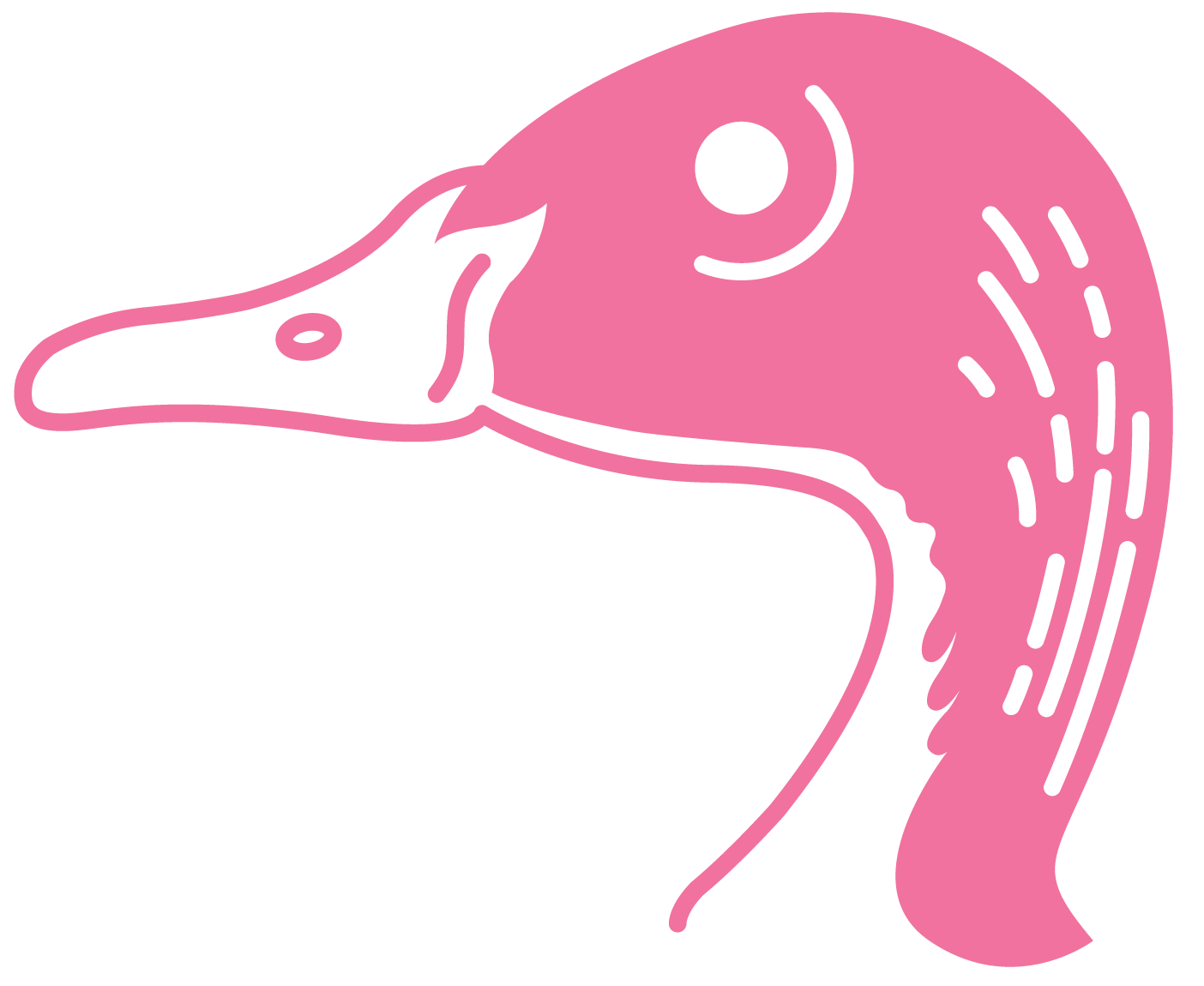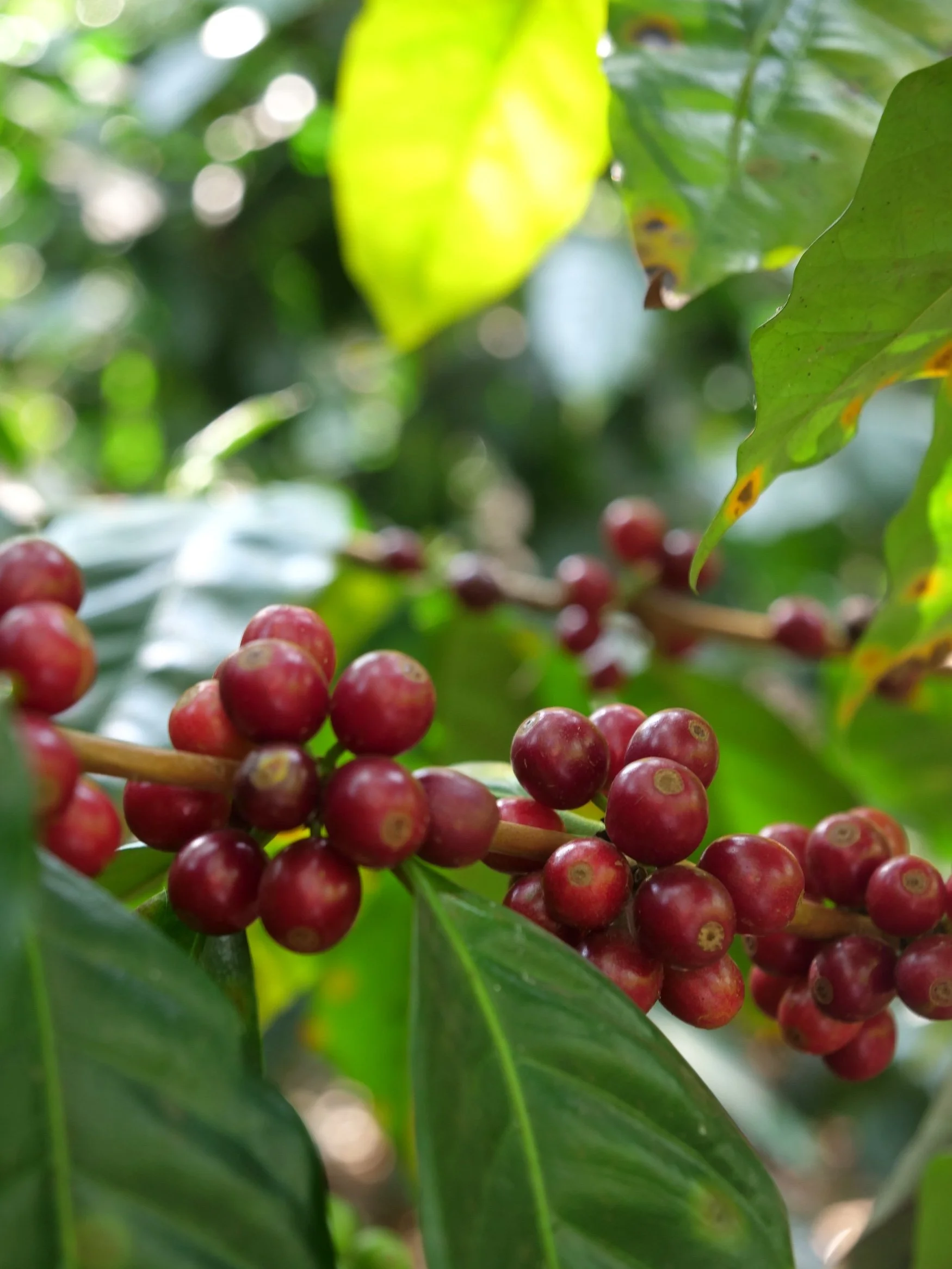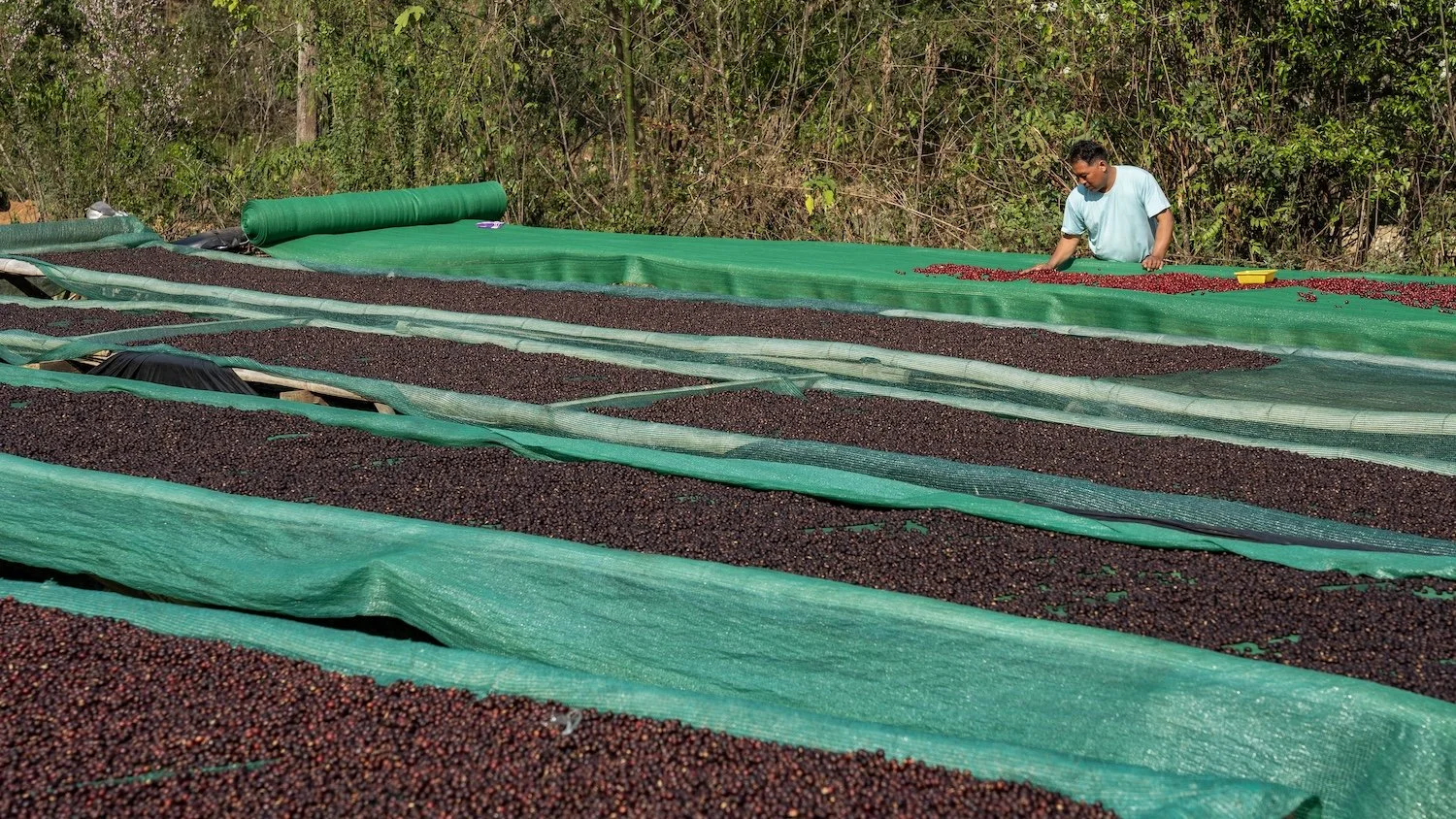
Hti Kham Village
“Year after year, this high-elevation coffee keeps getting high praise.”
Hti Kham is the sister village to Bant Sawk, and both hold a prominent place in Myanmar’s specialty scene—not to mention a special place in our hearts. Sawbwa Coffee, our local partner, has spent more time in these villages than any other, with head farmer Khun Sein Shwe (middle photo at bottom), and pre-financed coffee infrastructure to further the transition from poppy growing for opiates to specialty coffee.
About the origin:
Overall & Naturals Champion in 2020 Myanmar Coffee Cupping Competition
Elevation: 1,714masl (5,623 ft)
Ethnic groups: Pa-O
Production members: 3
Variety: Catuai, Caturra
Location: 20.6980234, 97.3081706
Village name & history
In the Shan language, Kham translates to “gold,” which is a common theme in many village and city names throughout Shan State. Long ago, when much of this mountainous region was ruled by Shan Sawbwas, or hereditary princes, place names were chosen based on origin stories — and, for the Shan people, gold represents fortune and prosperity.
While the village is now home to Pa-O residents, the name Hti Kham still carries its Shan roots. Hti translates to “liquid,” so the village name literally means “liquid gold.” It bears this name because the cold and clear waters that flow down from the nearby Mel Nel, or Indigo Mountain, connects to the village — and its value to residents is the equivalent of liquid gold. With the incredibly nice, silky finish that comes with this award-winning single-origin, some might say the name Hti Kham is all too fitting for not just the river but also their coffee.
The people
As the tale goes, there was once a Weiza, or supernatual being, and a Dragon Mother who laid three eggs — one of which gave birth to the ethnic Pa-O people.
Today, the Pa-O make up the second largest ethnic group in Shan State. Their men and women are famous for their eye-catching turbans, which bring to life their fabled origin story. Pa-O women wear colorful headdresses to resemble the form of their Dragon Mother while Pa-O men drape theirs to the side to mimic their Weiza Father, whom many believe their people are all descendants of to this day.
Their community, however, is not originally from this mountainous region of Myanmar. They fled here nearly one thousand years ago after their coastal homeland, in modern day Mon State, was conquered by the Burmese Kingdom. Three hundred miles away in the Shan Hills, the Pa-O started a new life, bringing Buddhism and their strong traditions with them.
Stand-out flavor notes:
Distinct strawberry jam, pear and caramel
More photos






